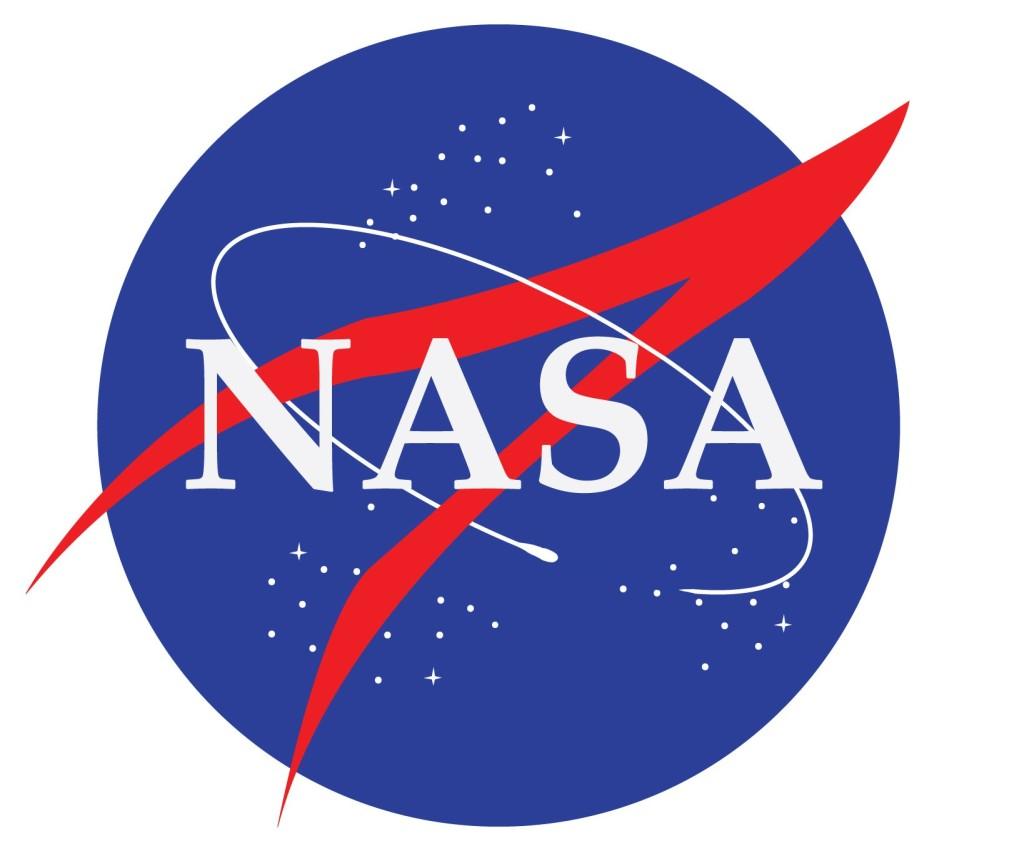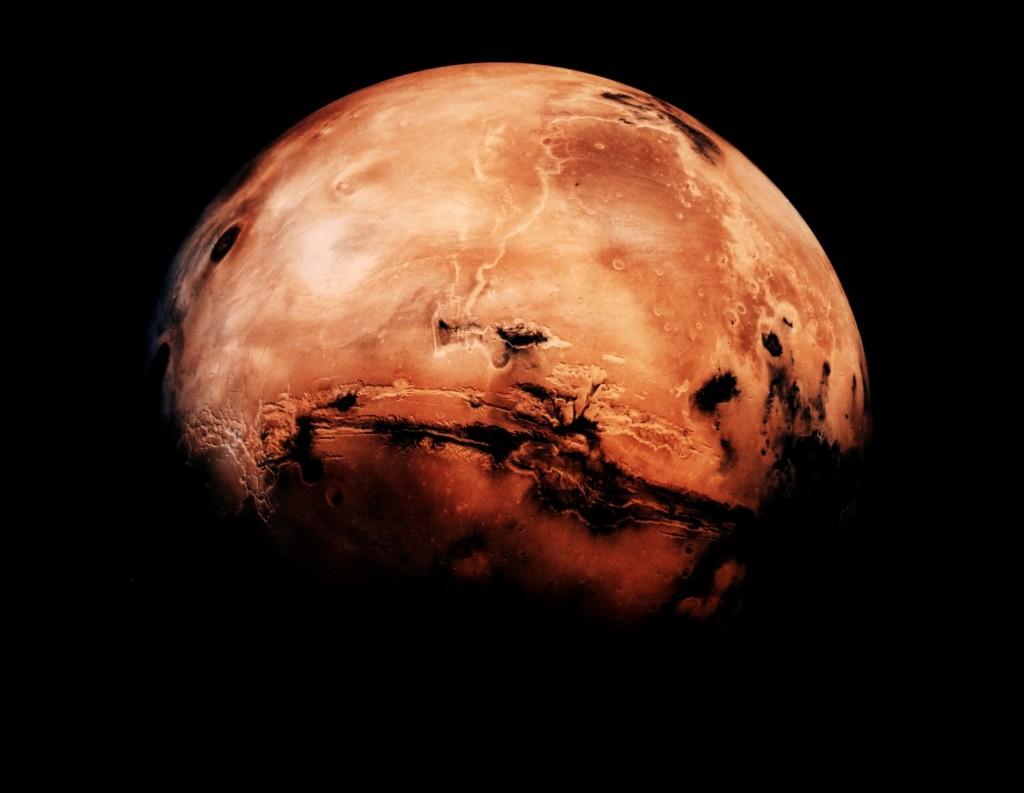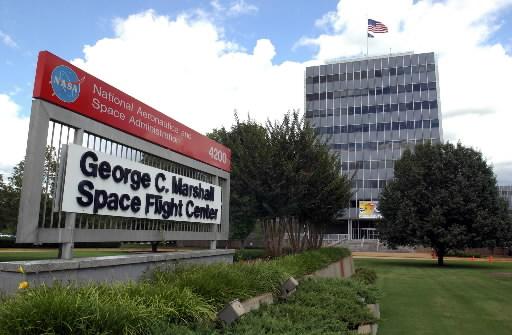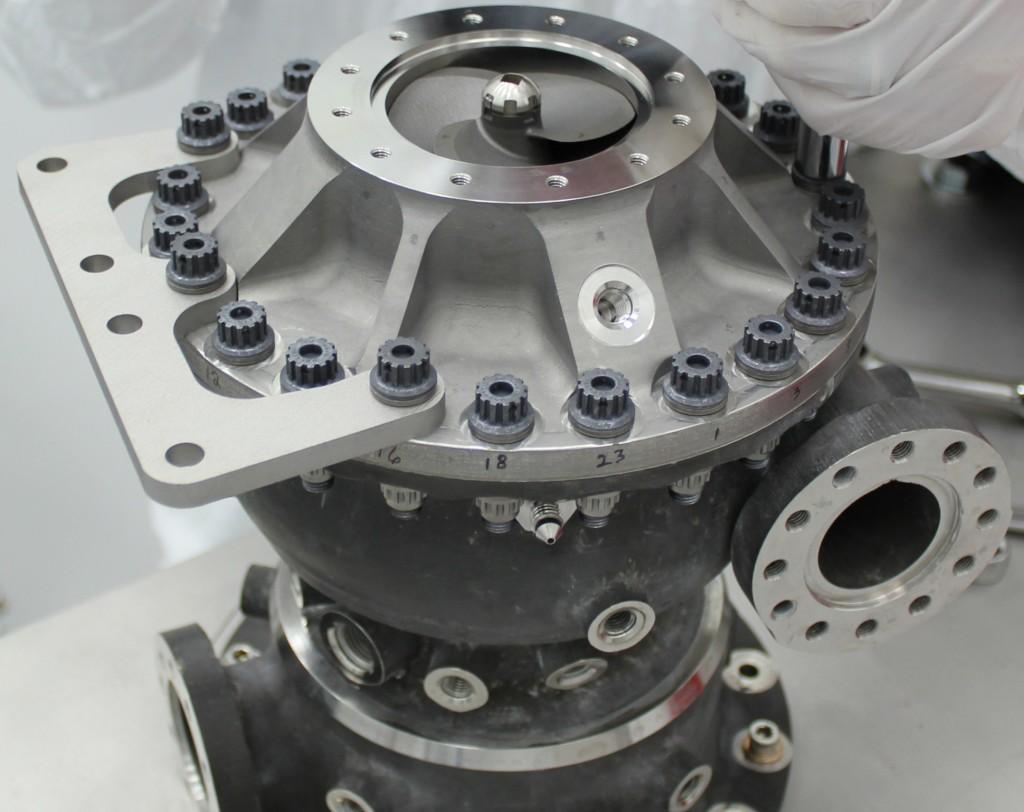 Just in case you haven’t heard–hanging out on Earth is just so last year, folks. Mars is where it’s at, and 3D printing is of course going to play a dramatic role in getting us there. This technology, according to experts, is definitely part of what’s getting us on the fast track.
Just in case you haven’t heard–hanging out on Earth is just so last year, folks. Mars is where it’s at, and 3D printing is of course going to play a dramatic role in getting us there. This technology, according to experts, is definitely part of what’s getting us on the fast track.
While we’ve heard plenty about 3D printed components for both space and aeronautics, as the technology gives those sectors a huge boost in both quality and affordability factors, a new program looks to be putting the first manned mission to Mars even closer than we’d anticipated–as seems to be a common practice associated with 3D printing. Things happen a lot faster than we ever thought once you throw digital design and additive manufacturing into the mix these days, overthrowing both tradition and most of our inside-the-box ways of thinking.
 For NASA, looking toward a mission to Mars in the all-too-near 2030s, as it stands today, 3D printing of specific, crucial components is probably going to be responsible for accelerating the first manned mission. The technology allows for both a megathrust engine and similar 3D printed metal projects to be manufactured as incredibly strong, quality components that are better and shave many dollar signs off the bottom line.
For NASA, looking toward a mission to Mars in the all-too-near 2030s, as it stands today, 3D printing of specific, crucial components is probably going to be responsible for accelerating the first manned mission. The technology allows for both a megathrust engine and similar 3D printed metal projects to be manufactured as incredibly strong, quality components that are better and shave many dollar signs off the bottom line.
While conspiracy theory quarterbacks are still sitting around debating whether or not we actually really went to the moon, NASA very much expects to see astronauts walking on Mars in just a couple of decades. Numerous unmanned spacecraft have been sent successfully to the smaller planet already.
According to engineer Elizabeth Robertson who works as a propulsion engineer the NASA Marshall Space Flight Center in Alabama, 3D printing is of great importance in that projects can be finished with greater speed and affordability, which should indeed have positive effects on their outlined plans for a manned mission.
New breakthroughs have a lot to do with this optimism, as the team has broken new barriers a la 3D printing, due to the creation of a 3D printed turbo pump meant for the launch engine. It has been tested with success and Robertson points out that it functions in the launch engine as one of the most complex components.“The ultimate goal is to assemble and test a liquid engine, capable of producing 30,000 pounds of thrust by using components made largely with additive manufacturing [3D printing],” she says.
“Moving from liquid hydrogen to methane on the turbo pump allows the hardware to be used as a springboard for a variety of missions,” she says, “including landing on Mars.”
While twenty years from now may seem like a lot in layperson earthling terms, when you consider the profound importance of actually sending astronauts to a planet that is 33.9 million miles away, it’s enough to make you simply sit back in wonder.
We now have a technology that could help make designs more efficient, more reliable and less expensive,” Robertson noted. “This could lower the barriers to entry for non-traditional commercial partners to compete with more traditional partners and result in better, more affordable engines.”
While we write often about concepts that would put us on Mars in person and otherwise–from a very recent NASA contest asking for contestants to create livable 3D printed habitats on the faraway planet, to fabrication plans after colonization, to just your oh, everyday basic 3D printed space drones for exploring the planet–this timeline for the manned mission is actually something that experts see as a true reality, thanks in part to the power of 3D printing.
[Source: Forbes]Subscribe to Our Email Newsletter
Stay up-to-date on all the latest news from the 3D printing industry and receive information and offers from third party vendors.
You May Also Like
Gorilla Sports GE’s First 3D Printed Titanium Cast
How do you help a gorilla with a broken arm? Sounds like the start of a bad joke a zookeeper might tell, but it’s an actual dilemma recently faced by...
Nylon 3D Printed Parts Made More Functional with Coatings & Colors
Parts 3D printed from polyamide (PA, Nylon) 12 using powder bed fusion (PBF) are a mainstay in the additive manufacturing (AM) industry. While post-finishing processes have improved the porosity of...
$25M to Back Sintavia’s Largest Expansion of Metal 3D Printing Capacity Since 2019
Sintavia, the digital manufacturing company specializing in mission-critical parts for strategic sectors, announced a $25 million investment to increase its production capacity, the largest expansion to its operations since 2019....
Velo3D Initiates Public Offering in a Bid to Strengthen Financial Foundations and Drive Future Growth
Velo3D (NYSE: VLD) has been among a number of publicly traded 3D printing firms that have attempted to weather the current macroeconomic climate. After posting a challenging financial report for 2023,...

































